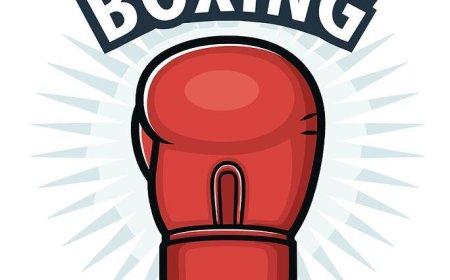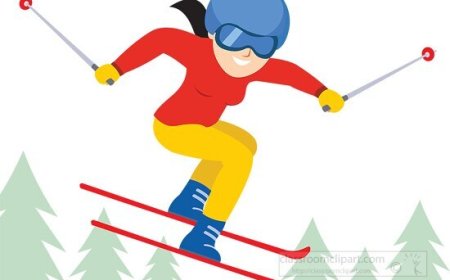Marathon: History, Training, Famous Races, and Fun Facts for Students
Discover marathon running’s rich history, how runners train, and why this 26.2-mile race inspires millions worldwide.
🏃♂️ Marathon: The Ultimate Endurance Race
🎯 Introduction
The marathon is a long-distance running race of 26.2 miles (42.195 kilometers). Completing a marathon takes months of training, strong willpower, and endurance. Today, millions of runners of all ages participate in marathons around the world, making it one of the most popular and inspiring sporting events.
🏛️ History of the Marathon
Ancient Origins
- The marathon comes from a legend about Pheidippides, a Greek soldier.
- In 490 BCE, he ran from the town of Marathon to Athens to announce victory over the Persians.
- According to legend, he collapsed after delivering the message.
Modern Development
- The first modern marathon took place in the 1896 Athens Olympics, covering about 25 miles.
- The standardized distance of 26.2 miles was set during the 1908 London Olympics so the race could start at Windsor Castle.
Marathons Today
- Major marathons happen worldwide, including Boston, New York, London, Berlin, and Tokyo.
🏃♂️ How a Marathon Is Practiced
Training
- Long runs to build endurance.
- Interval training for speed.
- Strength training for stability.
- Rest and recovery days.
Race Day
- Runners pace themselves carefully.
- Aid stations provide water and snacks.
- Most marathons have thousands of participants.
Marathon Types
- Road Marathons: Traditional city races.
- Trail Marathons: Off-road courses.
- Ultramarathons: Distances longer than 26.2 miles.
🧬 Classification and Scientific Background
Classification:
- Individual Sport
- Endurance Sport
Biomechanics:
- Stride Efficiency: Conserving energy with proper form.
- Breathing: Steady oxygen intake.
- Pacing: Controlling speed.
Exercise Science:
- Builds cardiovascular fitness.
- Strengthens muscles and bones.
- Improves mental resilience.
Psychology:
- Teaches perseverance.
- Builds mental toughness.
- Encourages goal-setting.
🏆 Major Marathons
- Boston Marathon (USA)
- London Marathon (UK)
- New York City Marathon (USA)
- Berlin Marathon (Germany)
- Tokyo Marathon (Japan)
⭐ Famous Marathon Runners
- Eliud Kipchoge (Kenya): World record holder.
- Paula Radcliffe (UK): Women’s world record.
- Abebe Bikila (Ethiopia): Won Olympic marathon barefoot.
- Joan Benoit Samuelson (USA): First women’s Olympic marathon champion.
💪 Benefits of Running a Marathon
- Improves physical fitness.
- Builds confidence.
- Reduces stress.
- Encourages discipline.
🏅 Famous Moments
- Eliud Kipchoge’s sub-2-hour marathon (unofficial) in 2019.
- Kathrine Switzer becoming the first woman to officially enter the Boston Marathon.
- Abebe Bikila winning gold barefoot in 1960.
🌟 Interesting Facts
- Over 800 marathons are held globally each year.
- The youngest marathon finisher was 5 years old (record not recommended!).
- Marathon runners burn over 2,500 calories during a race.
🧠 Kid-Friendly Summary
A marathon is a very long race, 26.2 miles long. It comes from a legend in ancient Greece. Today, people train for months to finish marathons. Running helps you stay strong and teaches you to never give up.
✨ Key Takeaways
- Marathons are 26.2 miles.
- They started in ancient Greece.
- Major marathons happen worldwide.
- Famous runners include Eliud Kipchoge and Paula Radcliffe.
📖 Vocabulary Words
| Word | Definition |
|---|---|
| Pacing | Controlling speed during the race |
| Aid Station | Place to get water and snacks |
| Ultramarathon | Longer than 26.2 miles |
| Endurance | Ability to keep going for a long time |
| Interval Training | Short bursts of speed workouts |
| Tapering | Reducing training before race day |
| Stride | One step forward while running |
| Finish Line | End point of the race |





















































